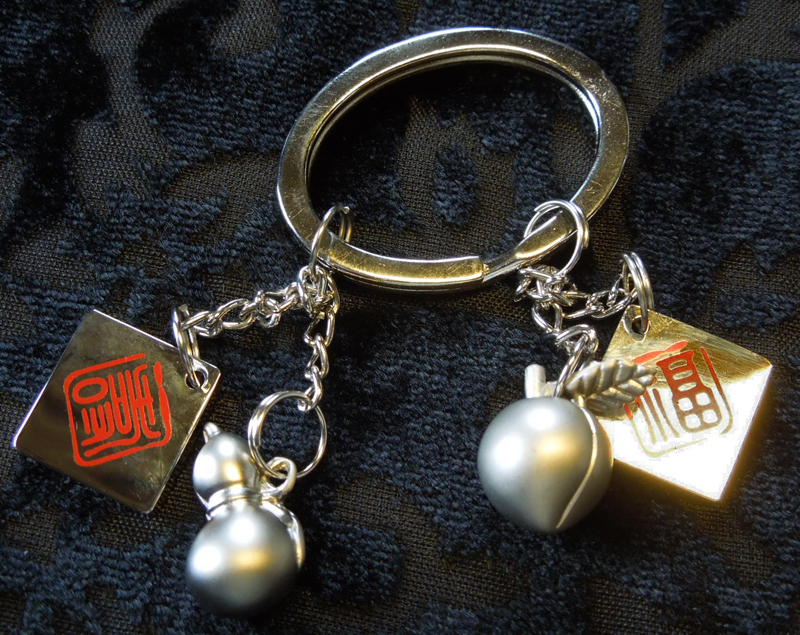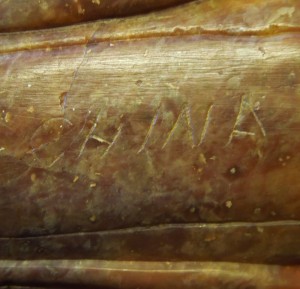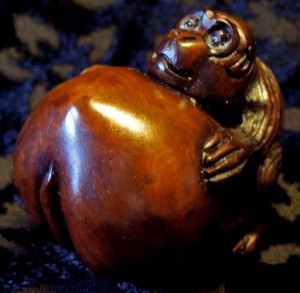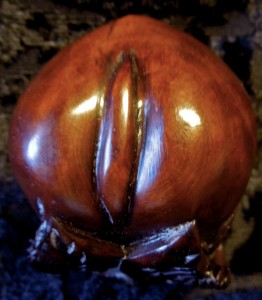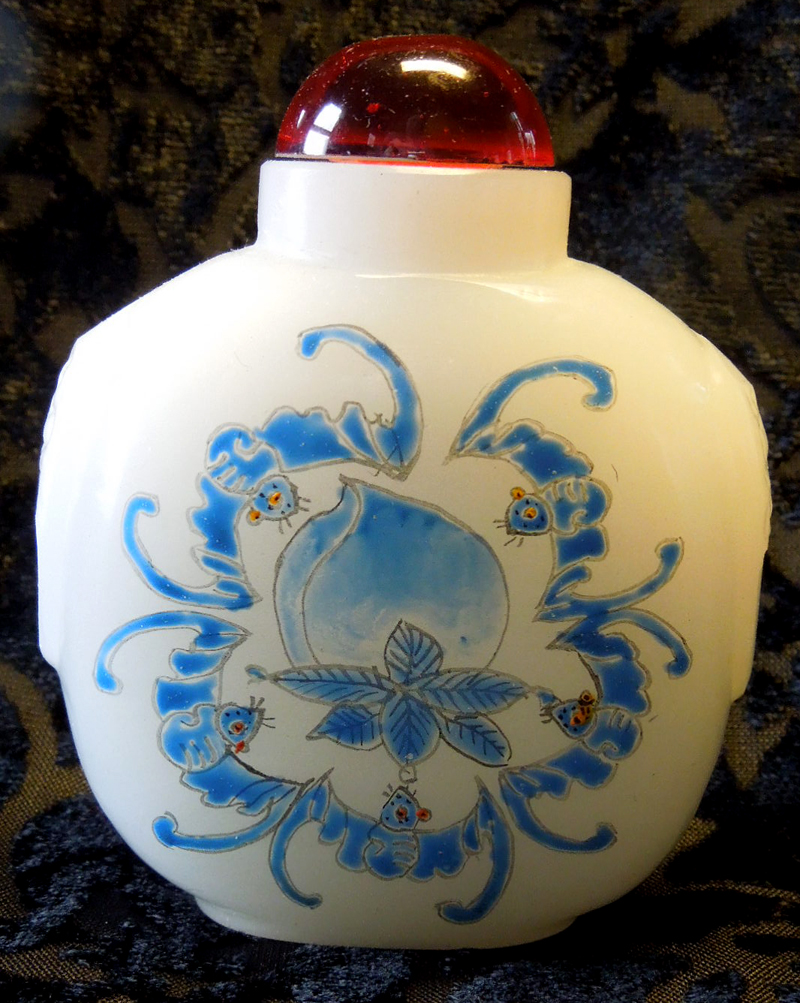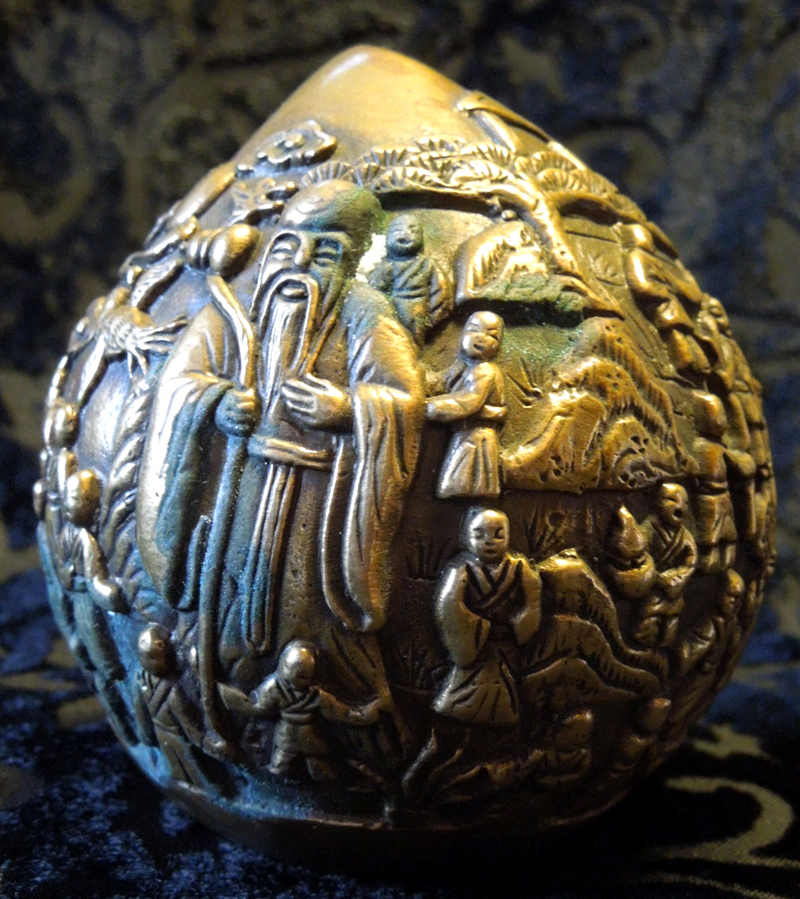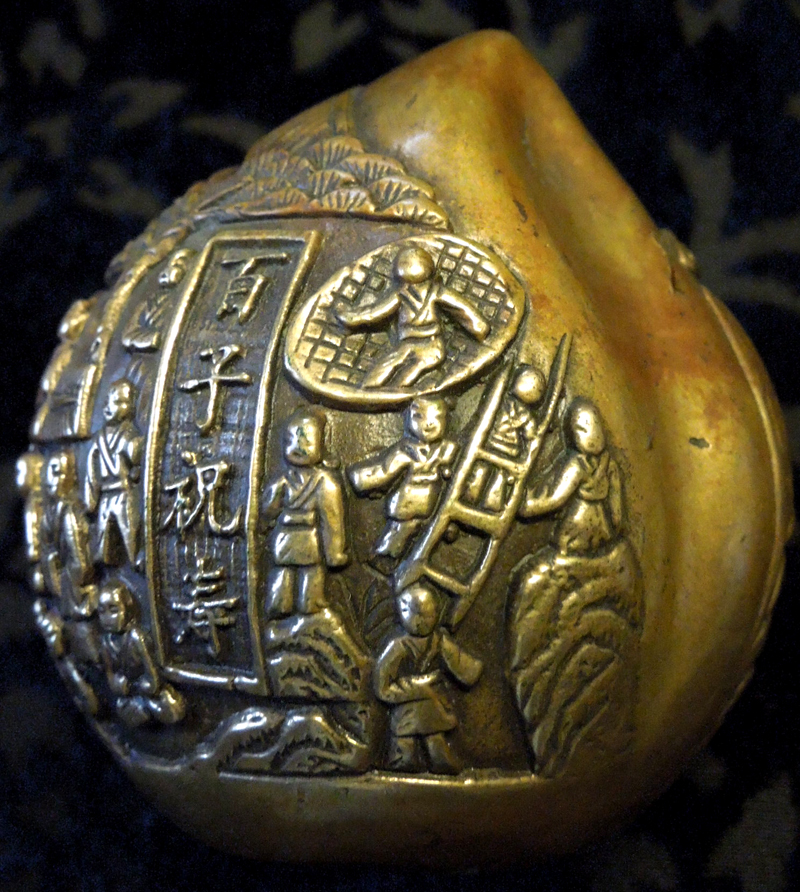Whirljack here. I was asked to do the guest blog. At first, I was stumped, which is not a good thing for a tree to be. I’m not a writer – a literary writer, at least. I write songs. Unfortunately, due to litigation from our media push sponsors, the chances of getting any of our Two of Jacks material published in the 21st Century looks slim. So what could I possibly contribute to a blog?
The idea then came to me that I should ask each branch to talk about his favorite song. I compiled a list and handed it to Meighan, asking her to push the playlist.
Meighan pointed out to me that as half the songs were written after 2014, it wasn’t possible. There followed a week of scrambling, where we fought over access to such primitive tools as Pandora, Spotify and YouTube.
Here it is, the favorite pre-2014 song of every emanation, followed by commentary. [It got a little overwhelming, so I decided to post ten songs at a time. This is part one of five – ed.]
*****
Daniel – My favorite song is one by Whirljack, “Leaves that Embrace You.” Well, we aren’t allowed to share it, thanks to the lawyers. Not that I have anything against lawyers, especially Ross and Constantine, but anyway, I didn’t get carried away searching for another favorite song, at least not as much as much as some other people. To be honest, I just listened to the media push on this sort of datapad thing that Meighan had – I think it was called a phone. I stopped when I found this one, which I really liked because it reminded me of Tara when she was a little girl. It’s called Ether by Black Onassis.
Sloane – I had to do some looking around, too. I was really moved by He Lays in the Reins by Iron and Wine and Calexico. Maybe I’ve spent too much time around horses.
Evan – I usually play and compose Dolparessan folk music. The closest thing I could find was this: Sylvan Song/Dream of the Archer by Heart. I really love the theme: “The woods are more than they might seem,” and I thought I might start to include the song in my repertoire. I experimented a bit and found that I could easily make my fasharp sound like both the mandolins at the beginning. I don’t sound very much like the vocalist, though.
Whirljack – Save My Love by Brian Jarvis Band. I actually covered this song in my encore at Woodstick. It’s a song that really meant something to me at the time, especially because I knew Tara would be in the audience: “You can say I’ve been holding back from you/and you can say I wanted to/but I’ve been holding on for way too long.”
Mickey – Watching You Without Me by Kate Bush is a good song for an intelligence man.
Tommy – How am I supposed to pick one song? I have a million! Um, My Only Love by Roxy Music is my favorite song of all time. There isn’t a dry eye in the house when I sing it. No, wait, how about A Kiss to Build a Dream on by Louis Armstrong? Or maybe This Truth by Lovespirals. Or… [I had to draw the line somewhere – ed.]
Patrick – There’s an old Celtic song called Breisleach which pretty much sums up exactly how we feel about Tara. [I used what seemed to be the most popular version, by Capercaillie. Since I didn’t understand a damn thing they were saying, I looked it up – ed.]
Cüinn – It’s kind of embarrassing for a Cu’enashti to admit, but I don’t know anything about music. Maybe it’s the scientist in me, but I felt like I should do some serious research. I listened to a ton of stuff. I finally decided on a song which really put me in a happy mood. It’s called St. Elmo’s Fire by Brian Eno. The guitar part is by Robert Fripp. According to my research both Eno and Fripp are supposed to be really important musical innovators, but when I asked Whirljack and Blackjack, I got blank stares. Then I asked Tommy, who said, “Oh, wasn’t Eno in Roxy Music for maybe two seconds? But nobody does him at karaoke.” Well, I still like it.
Jamey – Palo Santo by Shearwater. “The holy sap/it’s smokey light/I will not hide.”
Ailann – I’m a big fan of reggae. I think Solidarity by Black Uhuru has to be my favorite. [I find it rather reassuring that the Living God of the Domha’vei would choose this song – ed.]



